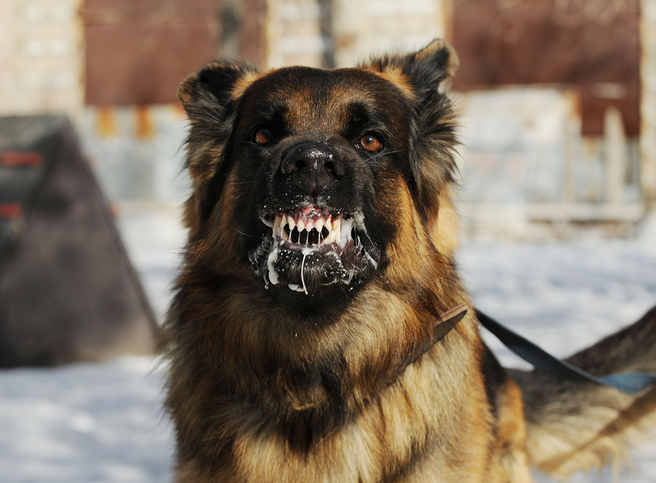Our Location
304 North Cardinal St.
Dorchester Center, MA 02124

Rabies is a severe viral disease that affects the central nervous system of mammals, including dogs. It’s a disease with a nearly 100% fatality rate once symptoms appear, making it crucial for dog owners to understand the symptoms, treatment options, and preventive measures. This article will cover everything you need to know about Rabies in dogs, from symptoms and cures to problems and solutions.

Rabies is a viral infection caused by the Rabies virus. It primarily spreads through the saliva of infected animals, usually through bites. Once the virus enters the body, it travels through the nerves to the brain, where it causes severe neurological symptoms.
In dogs, Rabies progresses through distinct stages, starting with mild symptoms like fever and ending with severe neurological impairment. Without prompt treatment, Rabies is almost always fatal in dogs.

The initial symptoms of Rabies can be subtle and easily overlooked. They include:

As the disease progresses, more severe symptoms appear, such as:

Behavioral changes are also common and can include:

Rabies is primarily spread through the bite of an infected animal. The virus is present in the saliva of infected animals and can enter the body through open wounds or mucous membranes.
Dogs are at higher risk of contracting Rabies if they:
Diagnosing Rabies in living animals is challenging. Post-mortem analysis of brain tissue is the most definitive diagnostic method. In living dogs, diagnostic tests may include:
A thorough veterinary examination is crucial if Rabies is suspected. The vet will assess the dog’s symptoms and medical history and may recommend quarantine to monitor the dog’s condition.

If you suspect your dog has been exposed to Rabies, immediate action is necessary:
Once symptoms appear, there is no cure for Rabies. Treatment focuses on supportive care to manage symptoms and keep the dog comfortable. This highlights the importance of early intervention and prevention.

Vaccination is the most effective way to prevent Rabies. Follow your veterinarian’s recommendations for vaccination schedules:

Additional preventive measures include:
Early detection of Rabies can be challenging due to the subtlety of initial symptoms. This often leads to delays in diagnosis and treatment.
Rabies is a significant public health concern due to its potential to infect humans. Educating the public about Rabies and promoting vaccination is critical to controlling the disease.

Effective Rabies control strategies include:
Community involvement is crucial in managing Rabies. Encouraging responsible pet ownership and reporting stray or suspicious animals can help reduce the risk of Rabies outbreaks.
Sharing personal experiences can provide valuable insights. Here’s a story of how I managed my dog’s Rabies diagnosis:
When my dog, Max, was bitten by a stray animal, I immediately took him to the vet. Despite our efforts, Max developed Rabies symptoms within a few weeks. The vet provided supportive care, but unfortunately, Max’s condition worsened. This experience underscored the importance of preventive measures and early vaccination. I now advocate for regular Rabies vaccinations and educating fellow pet owners about the risks and signs of Rabies.

Experts emphasize the importance of vaccination and immediate veterinary care if Rabies exposure is suspected. Dr. Jane Smith, a renowned veterinarian, states, “Prevention through vaccination is the best defense against Rabies. Pet owners must remain vigilant and proactive in protecting their pets.”
Rabies is a deadly but preventable disease. Understanding its symptoms, transmission methods, and preventive measures can save your dog’s life. Regular vaccination and prompt action in case of exposure are essential. Stay informed and proactive to keep your furry friend safe from this dangerous virus.

1. Can humans get Rabies from dogs?
Yes, Rabies can be transmitted to humans through bites or saliva from an infected dog. Immediate medical attention is crucial if exposure is suspected.
2. How often should dogs be vaccinated against Rabies?
Dogs should receive their first Rabies vaccine at 12-16 weeks and booster shots as recommended by their veterinarian, typically every one to three years.
3. What should I do if my dog is bitten by a wild animal?
Wash the wound thoroughly with soap and water and seek immediate veterinary care. Your vet may recommend a booster Rabies vaccination and a quarantine period.
4. Are there any side effects of the Rabies vaccine for dogs?
Most dogs tolerate the Rabies vaccine well, but some may experience mild side effects like soreness at the injection site or mild fever. Severe reactions are rare.
5. Can a dog survive Rabies if treated early?
Once clinical symptoms of Rabies appear, it is almost always fatal. Early preventive measures, such as vaccination and immediate post-exposure treatment, are crucial.